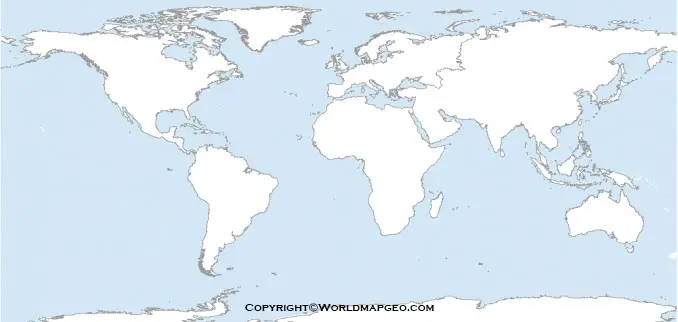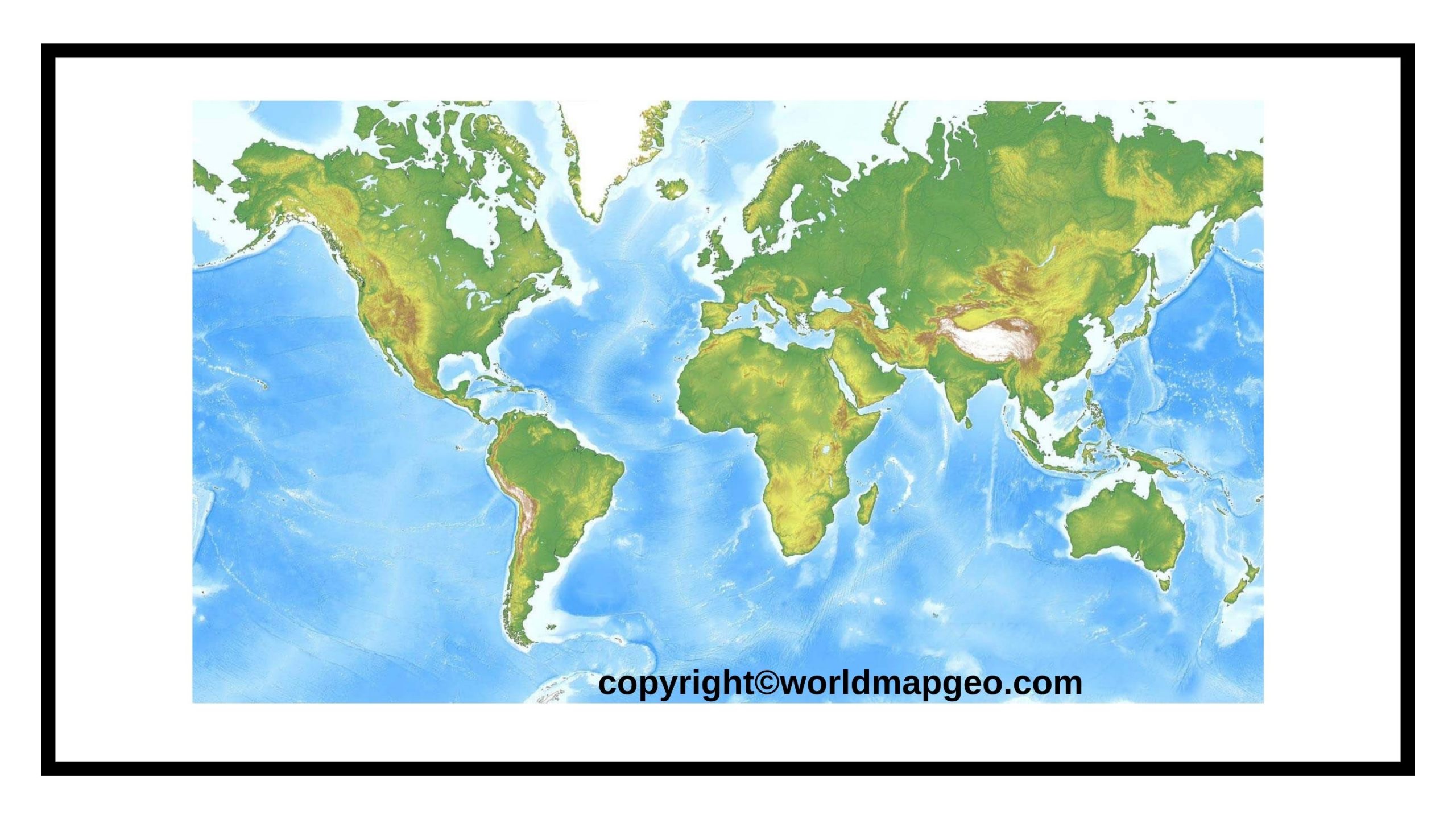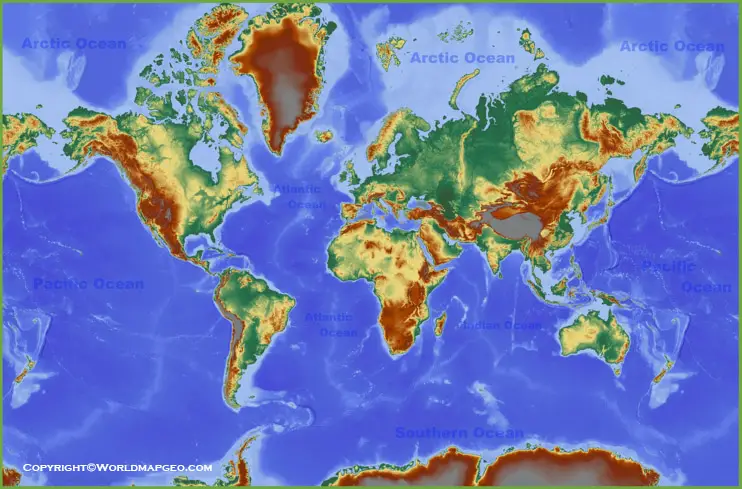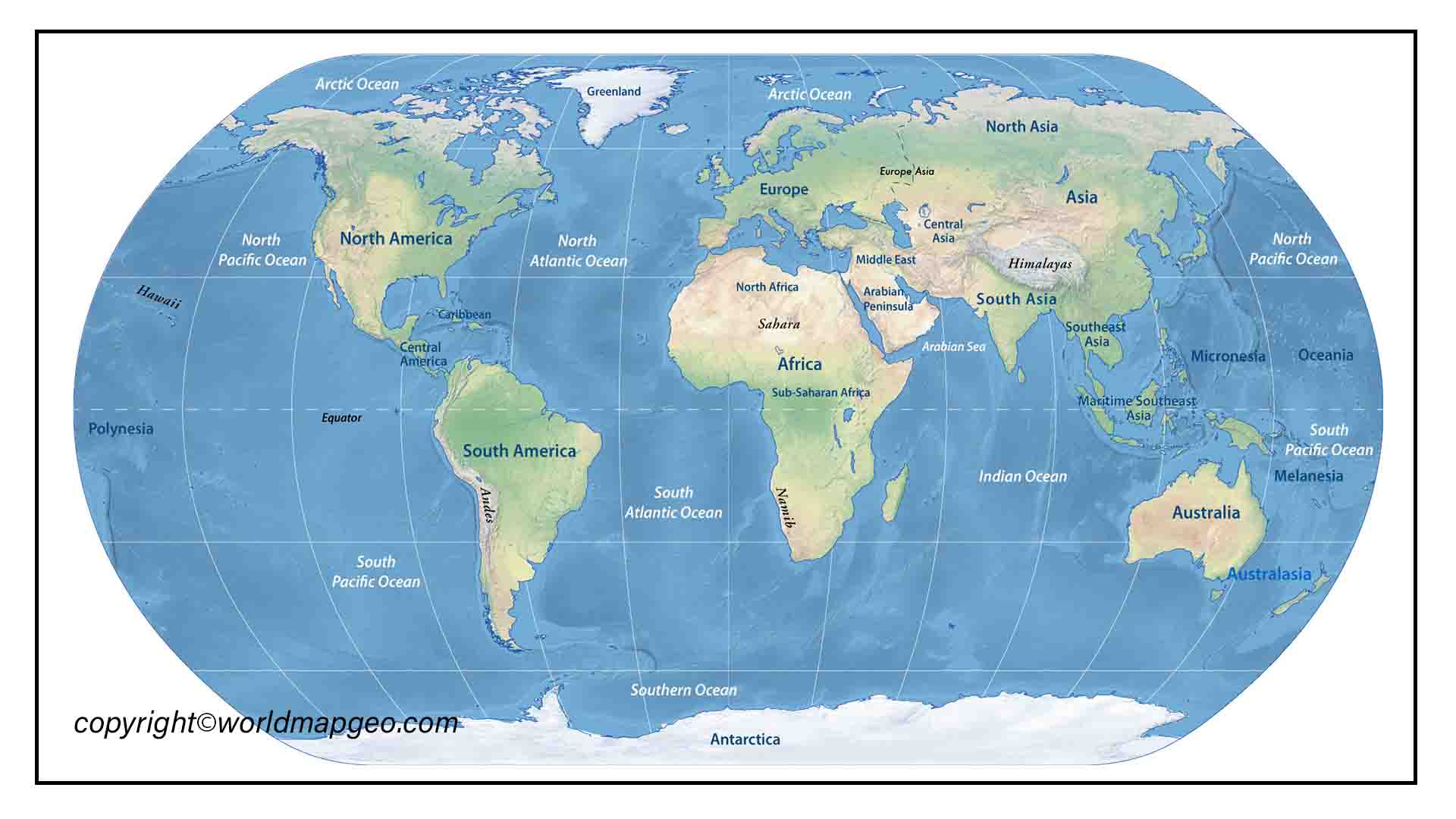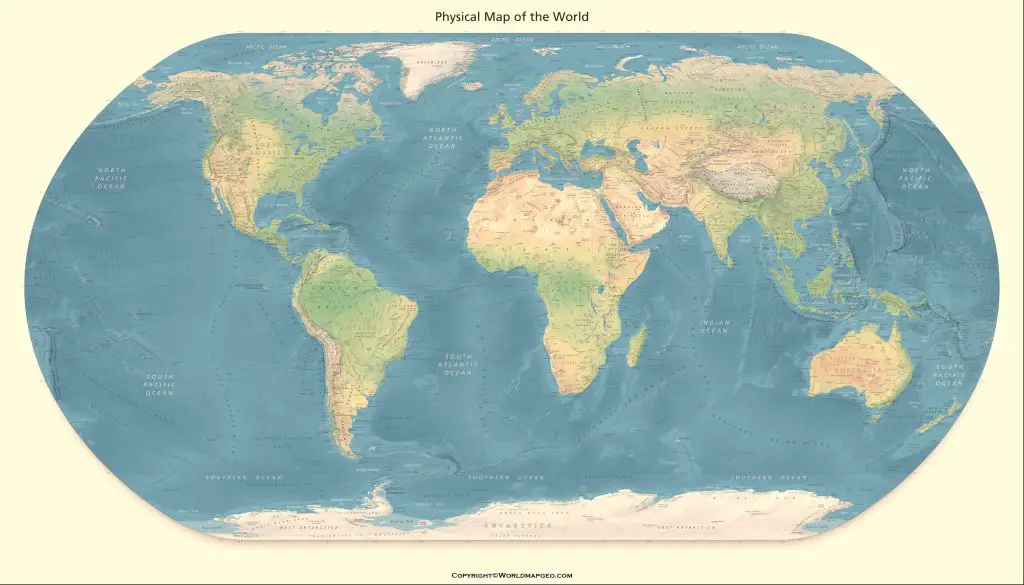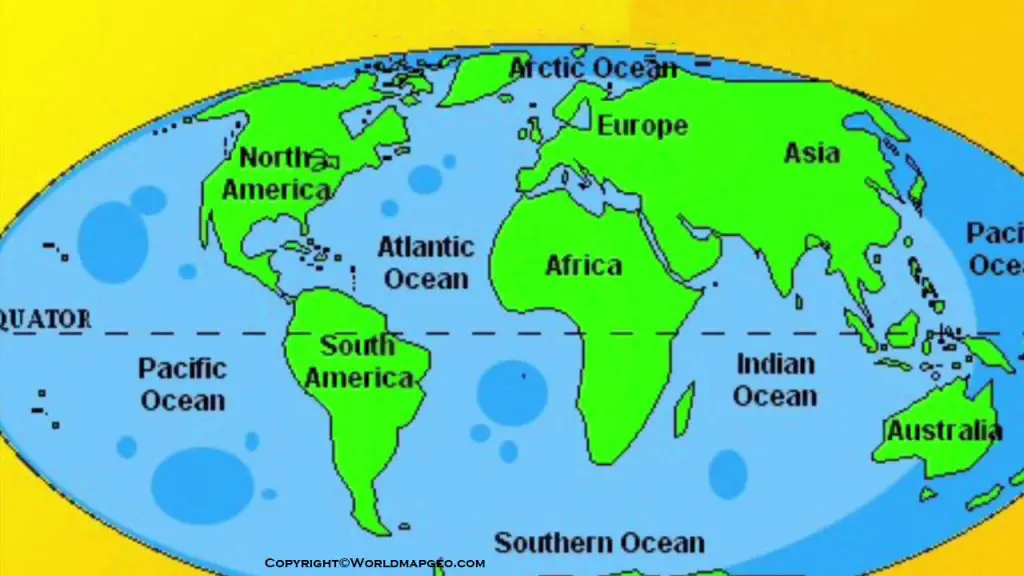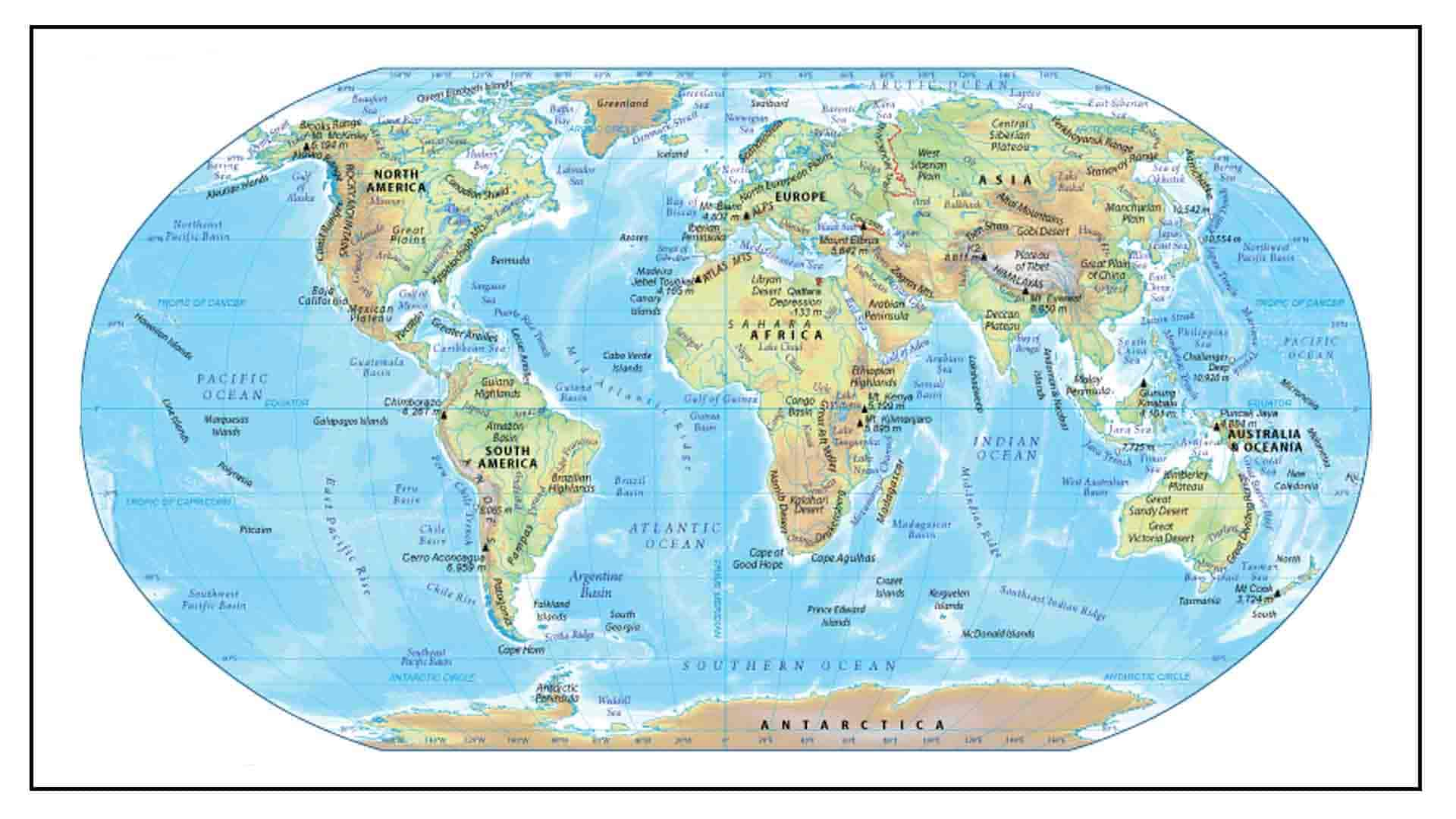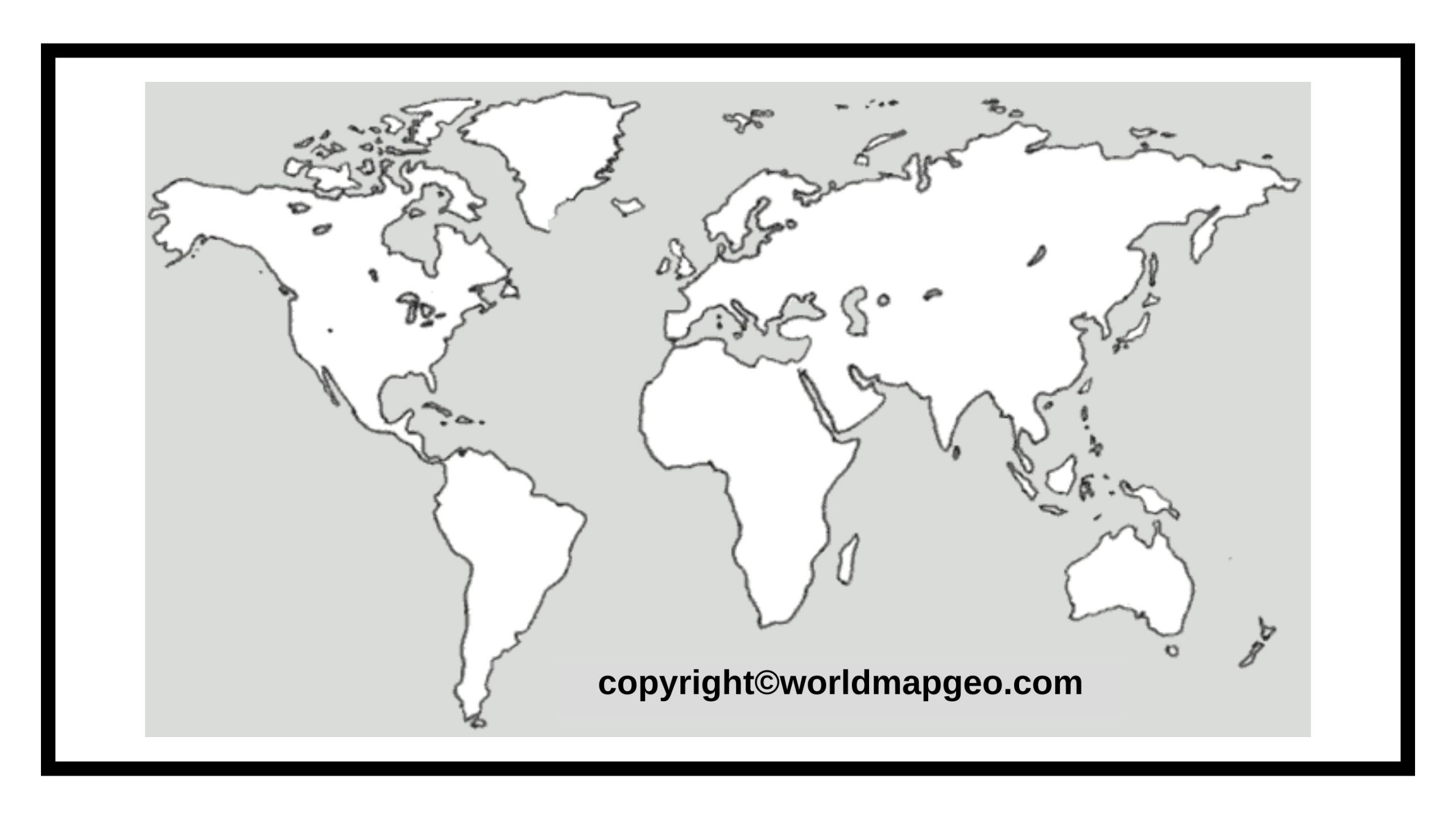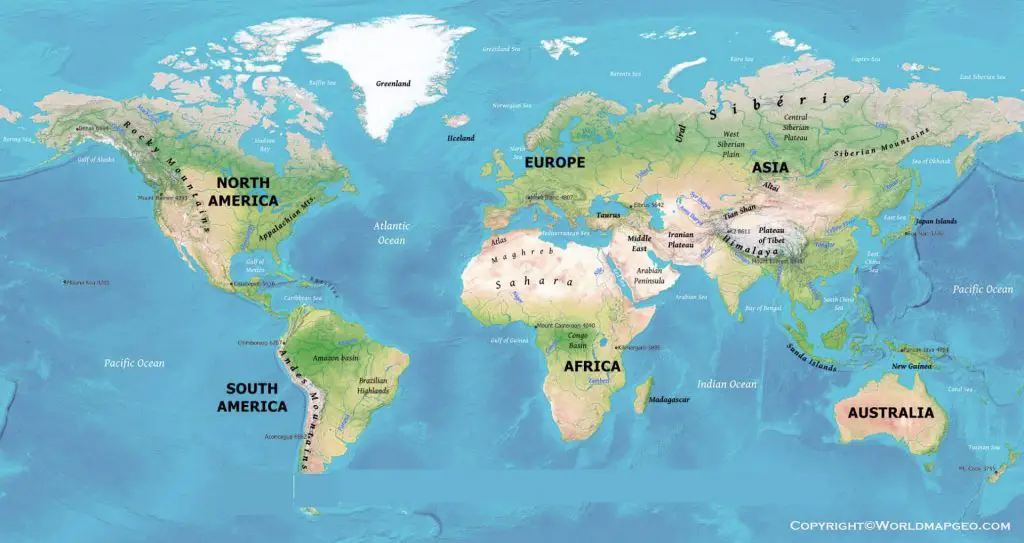World Map Physical: Genuine major components also in the troposphere are known as geographies. Highlands, basins, tunnels, plains, and foothills are examples of features. They additionally contain submerged landforms like eruptions, immediate post lines, and massive ocean basins, as well as islands, straits, and seas. The moon’s circulation, as well as the decisions of breezes, hot water, glaciers, and incineration, frame natural features. Some landscapes, including ditches, are sculpted by humans and other animal activities.
Surface features come in a range of sizes and shapes. Climbing, in the Himalayan Peaks, is the tallest structure on the planet. It is at an elevation of 8,850 meters. The Aral Sea, at 424 meters below the sea, is the lowest location on the planet. This same Guam trench mostly in the Pacific is thought to the lowest location also on the Troposphere, comprising both soil and water. It stretches 10,971 meters underneath sea level through the west of Guam to that same eastern shore of the Mariana Islands.
World Map Physical Features
A world map depicting physical features provides a comprehensive view of the Earth’s natural landscapes. These features include mountains, plateaus, rivers, deserts, forests, and other prominent geographical elements. One of the most prominent physical features on the world map is the mountain ranges, such as the Himalayas in Asia, the Andes in South America, and the Rockies in North America. These massive formations not only shape the landscape but also influence weather patterns and the distribution of flora and fauna.
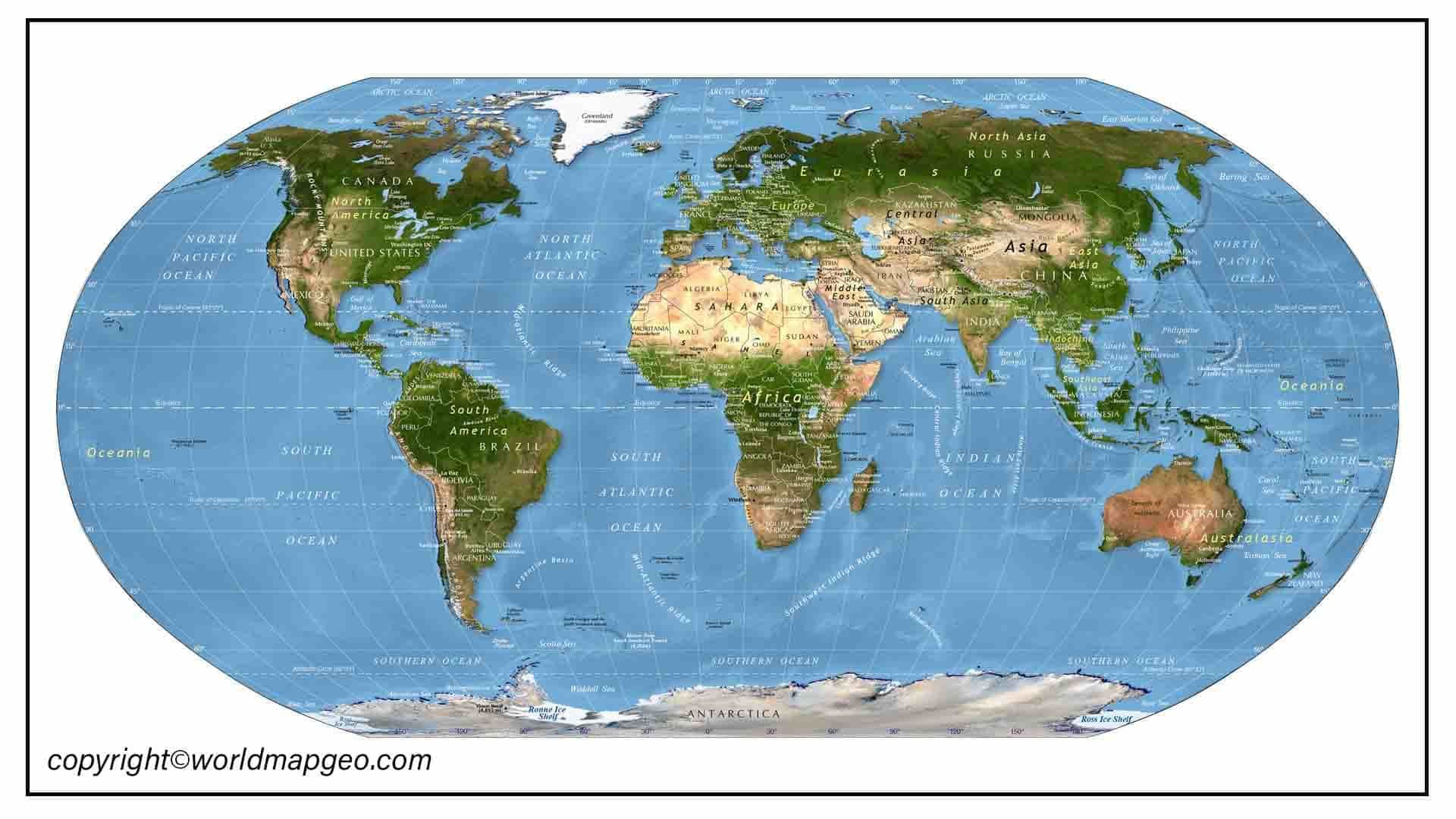
Another essential aspect of a physical world map is the representation of major rivers and their basins. Rivers like the Amazon in South America, the Nile in Africa, and the Mississippi in North America are vital lifelines, sustaining vast populations and diverse ecosystems. Additionally, the depiction of oceans, seas, and other water bodies is crucial for understanding global maritime routes, climate regulation, and marine biodiversity. Check out other World Maps:- Blank World Map, Political World Map, Printable World Map.
Furthermore, physical maps often highlight deserts, showcasing regions with scarce vegetation and extreme temperatures. The Sahara Desert in Africa, the Arabian Desert in the Middle East, and the Gobi Desert in Asia are some of the largest and most well-known deserts on Earth. These vast arid areas significantly influence regional climates and human settlement patterns.
Lastly, physical world maps feature lush green forests, such as the Amazon Rainforest in South America and the Congo Basin in Africa. These dense and diverse ecosystems provide habitat to countless species, play a critical role in mitigating climate change through carbon sequestration, and support various indigenous communities.
Blank Physical World Map
A blank physical world map is a valuable educational tool that allows students and enthusiasts to test their knowledge and understanding of global geography. Unlike detailed maps, a blank physical world map omits any labels or markings, encouraging users to fill in continents, countries, oceans, and other physical features on their own. This interactive learning experience helps improve geographic awareness and aids in memorization.
When using a blank physical world map, individuals can challenge themselves by identifying and locating major mountain ranges, such as the Rockies, the Alps, and the Ural Mountains. Additionally, they can outline the vast river systems like the Amazon, the Nile, the Yangtze, and the Mississippi. By filling in the blanks, learners become familiar with the diverse landforms and water bodies that shape the Earth’s surface.
The blank map also allows exploration of the various deserts and forests around the world. From the scorching Sahara to the frigid Arctic tundra, learners can practice locating and naming these unique biomes. Moreover, they can mark the locations of significant natural wonders, such as the Grand Canyon, the Great Barrier Reef, and the Victoria Falls.
Using a blank physical world map for educational purposes promotes spatial reasoning, critical thinking, and an appreciation for the planet’s extraordinary diversity. As individuals engage with the map, they develop a deeper understanding of the Earth’s landscapes, fostering a sense of stewardship and environmental awareness.
Physical World Continents And Oceans Map
A physical world map depicting continents and oceans showcases the Earth’s fundamental divisions. The seven continents – Asia, Africa, North America, South America, Antarctica, Europe, and Australia – are landmasses that house a wide array of cultures, landscapes, and ecosystems. These continents are connected by the vast expanses of the world’s oceans, which cover approximately 71% of the Earth’s surface.
Each continent possesses unique physical features. Asia, the largest continent, boasts the towering Himalayas and the expansive Siberian Plains. Africa is renowned for its vast Sahara Desert and the iconic Nile River. North and South America boast the majestic Rocky and Andes mountain ranges, respectively. Europe is characterized by the Alps and the fertile Danube River basin, while Australia showcases the rugged Outback and the Great Barrier Reef.
The physical world map also highlights the four major oceans: the Pacific, Atlantic, Indian, and Arctic Oceans. The Pacific Ocean, the largest and deepest, stretches across the widest expanse, connecting the continents of Asia, Australia, North and South America. The Atlantic Ocean separates the Americas from Europe and Africa. The Indian Ocean lies between Africa, Asia, and Australia, while the Arctic Ocean borders the northern edges of Asia, Europe, and North America.
Studying a physical world map with continents and oceans enhances geographical knowledge and helps individuals comprehend the interconnectedness of different regions and ecosystems on our planet.
Physical World Map Labeled
A labeled physical world map offers a wealth of geographical information, making it an indispensable tool for educational purposes, reference, and general knowledge. In this map, continents, countries, cities, rivers, mountains, deserts, and other significant physical features are clearly identified, allowing users to explore the world’s diverse landscapes with ease.
The continents are the primary divisions on the map, and each one contains numerous countries. For example, Asia, the largest continent, is home to countries like China, India, Russia, and Japan. Africa, known for its rich cultural heritage, includes nations such as Nigeria, Egypt, South Africa, and Kenya. Europe, with its historical significance, features countries like France, Germany, Italy, and the United Kingdom.
Within each continent, users can find labels for major cities, enabling them to understand the distribution of urban centers and population concentrations. Landmarks like the Eiffel Tower in Paris, the Great Wall of China, and the Statue of Liberty in New York City are easily identifiable on the map.
Additionally, the map displays major mountain ranges, like the Andes, the Alps, and the Rocky Mountains, along with the world’s longest rivers, such as the Nile, the Amazon, and the Mississippi. Deserts like the Sahara, the Gobi, and the Atacama, as well as lush forests like the Amazon and the Congo, are also labeled.
A labeled physical world map serves as an invaluable educational aid for geography lessons, allowing students and enthusiasts to deepen their understanding of global locations, cultures, and natural wonders.
Physical Map of the World Printable
A printable physical map of the world is a versatile resource that can used for various purposes, both educational and recreational. Whether for classroom use, travel planning, or artistic projects, a printable map offers convenience and accessibility.
A physical map is particularly useful for educational settings. Teachers can use it to illustrate lessons about Earth’s geography, climate, and natural features. Students can study the map and learn about the diverse landscapes, ecosystems, and biomes found across different continents and regions. By having a physical copy, learners can engage more effectively with the map, making annotations, highlighting areas of interest, and referring to it during discussions and assignments.
Beyond education, a printable physical map of the world is practical for travelers. It allows them to plan routes, understand the terrain they’ll encounter, and identify notable landmarks and attractions. Whether preparing for a backpacking adventure or a leisurely vacation, having a map on hand can enhance the overall travel experience.
Moreover, artists and enthusiasts can use a printable physical world map as a canvas for creative projects. From crafting interactive geography games to designing custom artwork, the map serves as a foundation for various imaginative endeavors.
With the ease of accessing printable maps online, obtaining a physical copy of the world map has become a straightforward process. The ability to choose from different sizes and resolutions allows users to customize the map according to their specific needs, making it a highly valuable resource in a digital world.
World Map Physical Outline
A physical outline of the world map presents a simplified version of Earth’s landforms and water bodies, focusing on the fundamental shapes of continents, oceans, and major geographical features. The absence of detailed labels and intricate cartography makes it an ideal reference for understanding global geography at a glance.
The continents on a physical outline map are represented by their basic shapes, allowing viewers to recognize the general outline of each landmass. For example, Africa is recognized by its iconic “upside-down triangle” appearance, while South America is characterized by its “hook-like” shape. North America’s distinct “flattened triangle” outline and the vastness of Asia are also evident.
In addition to the continents, the major oceans – Pacific, Atlantic, Indian, and Arctic – are clearly defined on the physical outline map. These vast water bodies form the boundaries between the continents and play a crucial role in regulating the Earth’s climate.
The map’s simplicity allows individuals to better grasp the overall layout of physical features on the planet. It serves as an excellent tool for introductory geography lessons, helping students become familiar with the broad shapes and positions of continents and oceans before delving into more intricate details.
Furthermore, a physical outline map encourages creativity, as it can used as a base for coloring and labeling exercises. Students can add their own touches, identifying important mountain ranges, rivers, deserts, and forests in different colors to make the map more informative and visually appealing.
World Physical Geography Map
A world physical geography map provides a comprehensive overview of the Earth’s natural and physical features, emphasizing the interconnectedness of various elements that shape the planet’s landscapes. The map showcases a range of geographical phenomena, from towering mountains and expansive plateaus to winding rivers and vast oceans.
Physical geography is concerned with the study of processes that mold the Earth’s surface, such as tectonic movements, erosion, and weathering. A physical geography map would display the effects of these processes, depicting mountain ranges formed by converging tectonic plates and deep valleys carved by rivers over millennia.
In addition to landforms, the map highlights climate zones across the globe, showcasing polar regions, temperate zones, tropical belts, and arid deserts. These climate zones influence vegetation patterns, wildlife distribution, and human settlement, making them crucial elements in the study of physical geography.
An essential aspect of physical geography is the representation of ecosystems and biomes. From dense rainforests and lush savannas to icy tundra and arid grasslands, each biome supports unique flora and fauna, contributing to the planet’s biodiversity.
Moreover, a world physical geography map often includes geological features, such as volcanoes, earthquakes, and geothermal regions, providing insights into the dynamic nature of the Earth’s crust. The map may also display ocean currents and their impact on regional climates and marine ecosystems.
